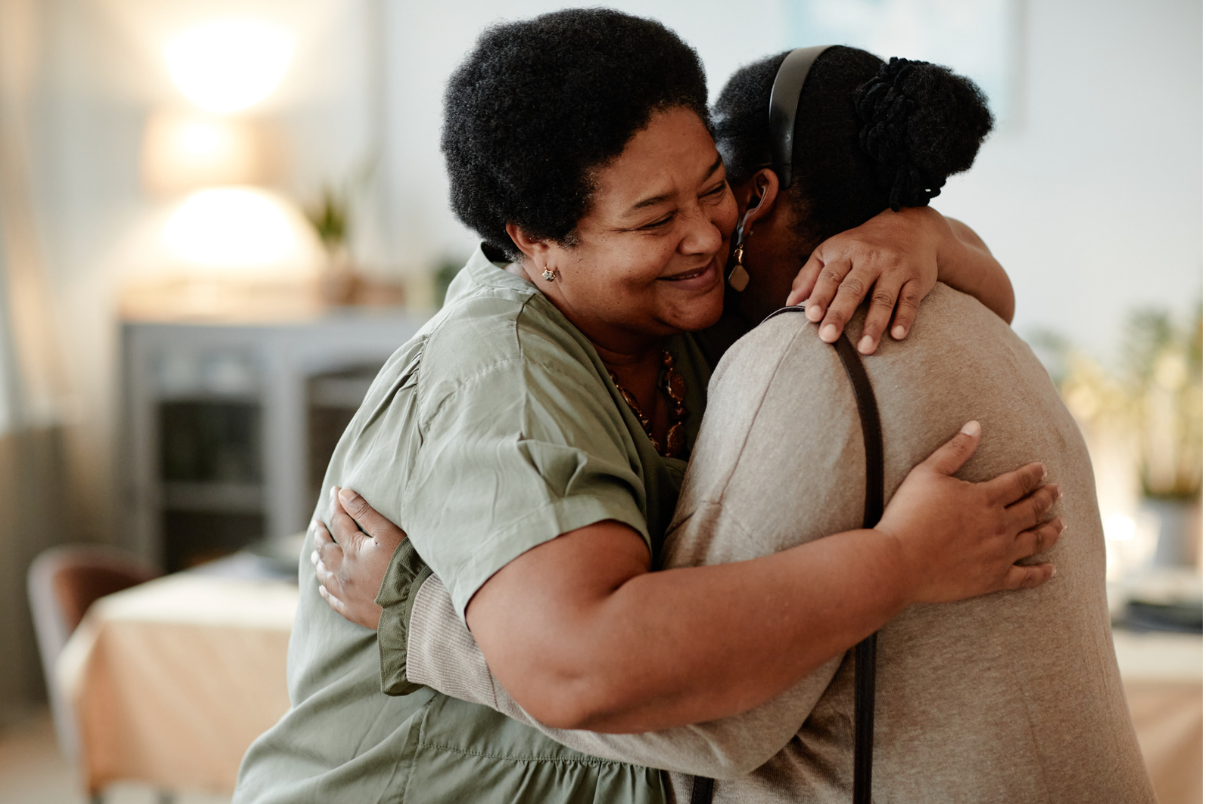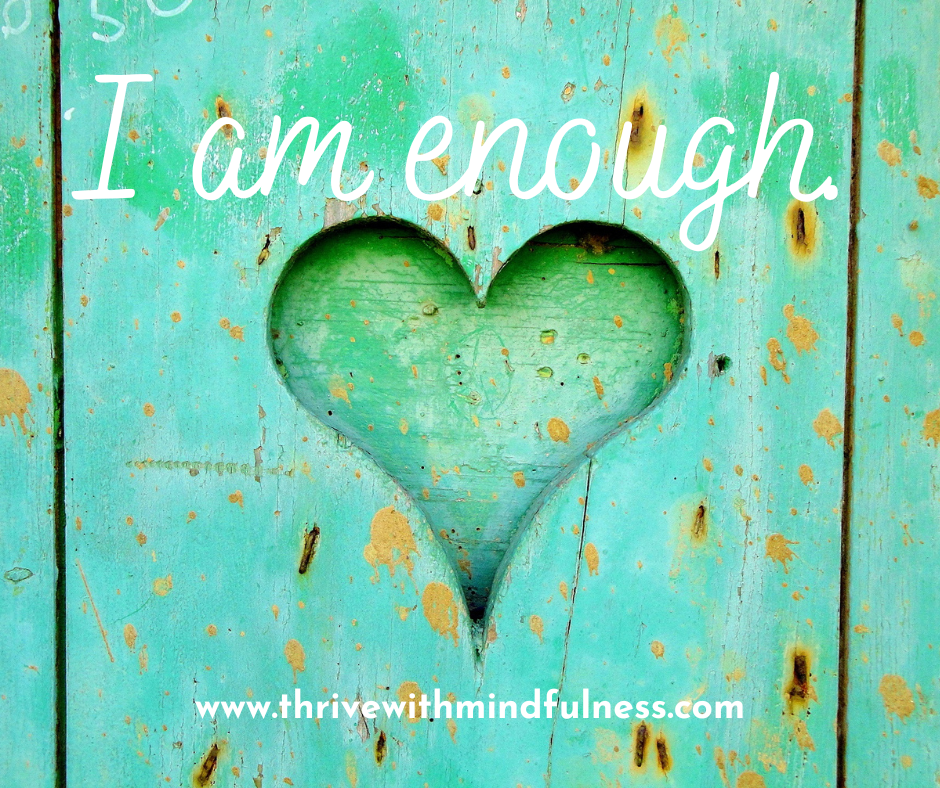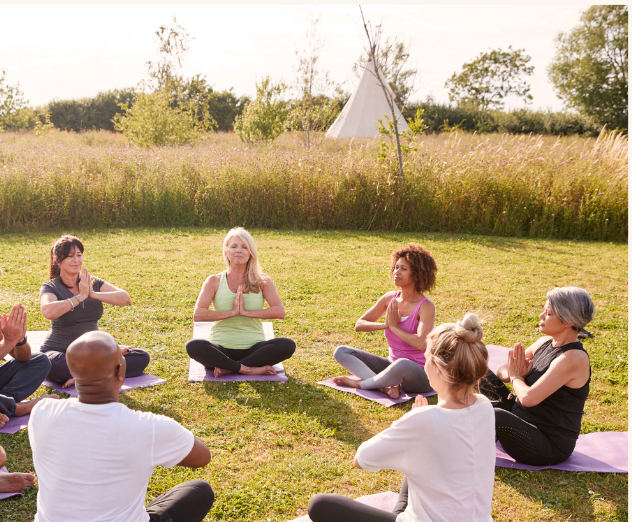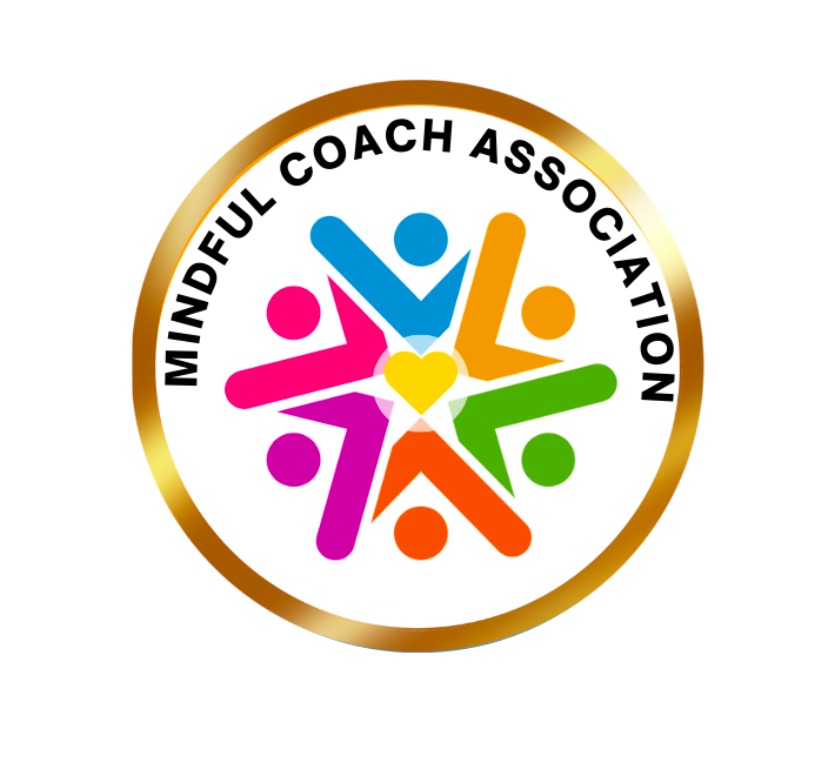Unlocking the Power of Positivity: A Journey to Well-Being

Embarking on the path to emotional well-being involves a mindful process of self-nurturing. Start by welcoming what fosters a sense that your needs are met. Tune into your inner reservoir of determination and capability. Gift yourself simple pleasures, whether it's warm handwashing, savoring an apple, or immersing in soulful music. These acts trigger the release of natural opioids, soothing the stress machinery in your brain.
Find moments to reflect on
aspects that evoke gratitude or joy, cultivating a gentle smile.
Establish connections, either with someone you cherish directly or through the vivid canvas of your imagination. Allow the warmth of care to envelop you while acknowledging the kindness residing within your own heart. Identify thoughts and perspectives that are not just accurate but also beneficial. Immerse yourself in the sense of transitioning into a responsive mode.
Renowned psychologist Rick Hanson introduces a transformative practice: "When it feels right, after releasing negative emotions, replace them with something positive." So, once we let go of something no longer serving us, it's essential to replace that space with something positive.
If you'd like to learn more about letting go, this blog will help: https://www.thrivewithmindfulness.com/letting-go-for-a-brighter-tomorrow-the-art-of-releasing-what-no-longer-serves-you.
Recall moments of appreciation for someone in your life and linger with that experience for ten or twenty seconds. This simple act, beyond immediate upliftment, triggers a profound change in your brain, termed experience-dependent neuroplasticity.
Dwelling in positive experiences forges new neural pathways, effectively "hardwiring happiness" into your brain. In Rick's words, "mental states become neural traits." Consistent practices like relaxation bolster genes that mitigate stress reactions, enhancing resilience.
Conversely, perpetuating negative mental states can mold your brain towards heightened reactivity and susceptibility to anxiety and depression. This creates a narrowed focus on threats and losses, fostering inclinations towards anger, sadness, and guilt.
In this journey towards emotional well-being, the key lies in consciously cultivating positivity, recognizing its transformative impact on your immediate state of mind and the very structure of your brain.
Need More Support?
I offer a FREE mini-course called, 'Crafting The Family You Want', which is a great place to start. It offers a general explanation of how mindfulness and neuroplasticity work hand in hand to help you slowly make changes in how you regulate your own emotions, and this will help you to model emotional regulation strategies to your child.
If this resonates with you, I invite you to sign up for the mini-course! It's self-paced, online, and will be delivered directly to your inbox once you've enrolled.
With love,
Traci
PS- Need a little more information about the mini-course first? The picture on the right has more details!

Hi I'm Traci Mausolf,
I invite parents, and those who work with them, to sign up for my free mini-course, Crafting The Family You Want. This mini-course is specifically tailored for parents who are seeking to bridge the gap between their current parenting experience and their desired vision. Whether you are facing challenges in communication, struggling with misalignments in family dynamics, or simply seeking to enhance the overall well-being of your family, this workshop is designed to provide you with practical strategies and tools for positive change.
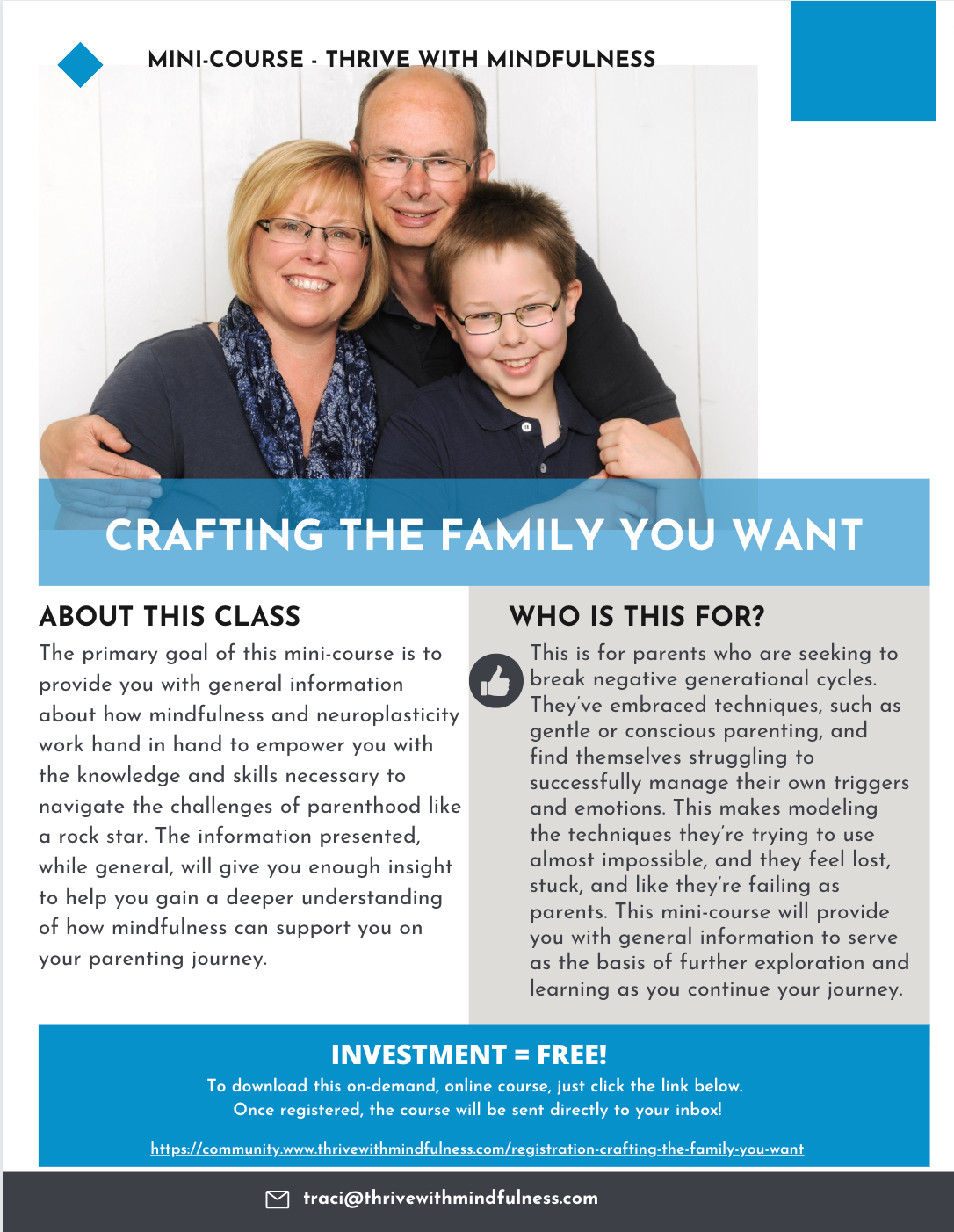
Share this post





